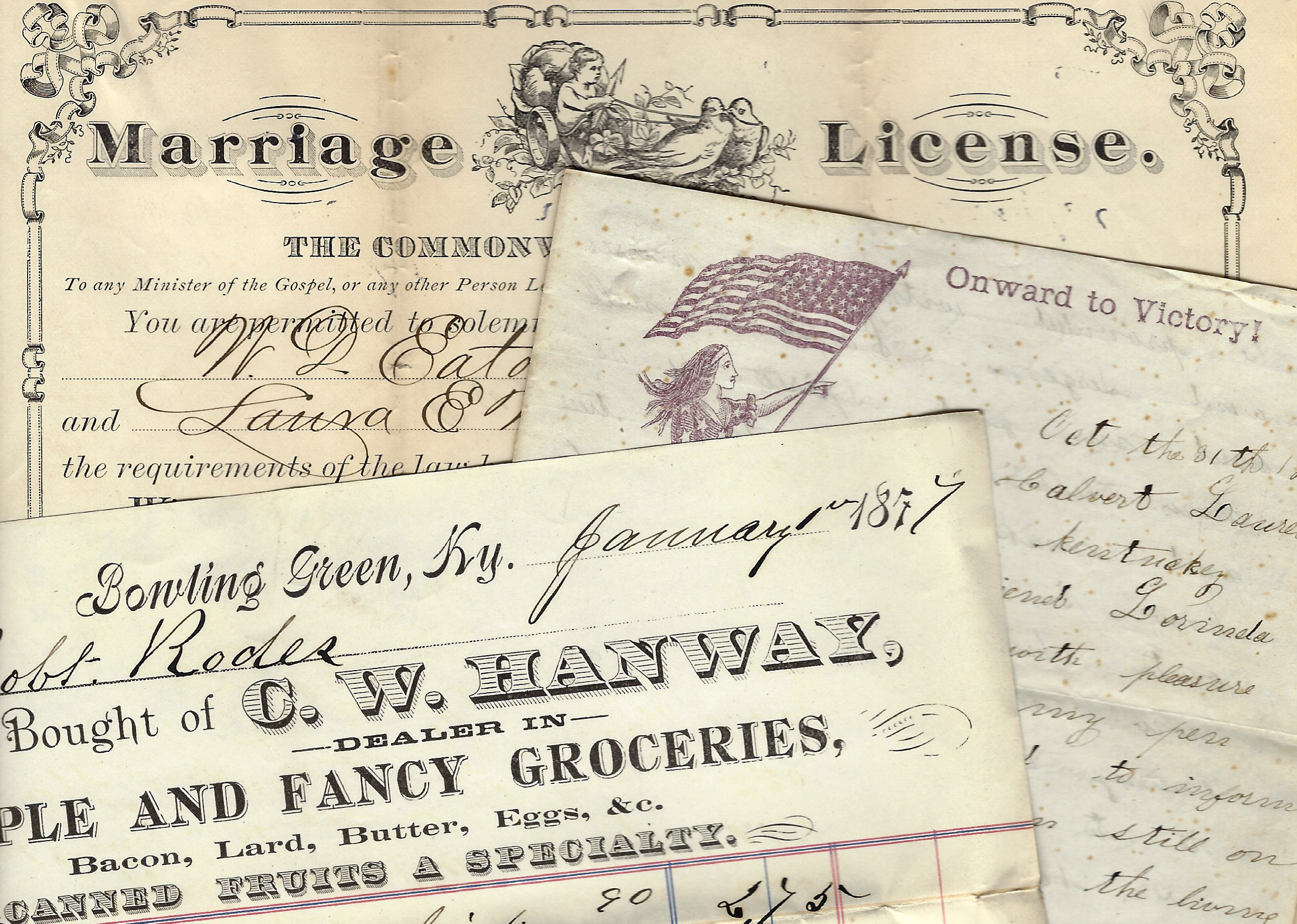
Genealogical Records
Abstract
Quite simply, this book has primarily been written to replace a raft of unsubstantiated, often illogical factoids about the family of William and Sina (Knight) Blagg. With the exception of information about their youngest daughter (Mary Montgomery [Blagg] Parrish Roberts), virtually everything that has been written about them has been inaccurate and completely bereft of fact or evidence. The reasons for this are many, though it appears the damage began when facts of another, unrelated, William Blagg were wrongly attributed to him. Things only devolved from there, as most of what had been attributed to his family defied the simplest, most basic logic. The hope is that this situation will now be corrected, at least to the extent possible, given the scarce availability of public records in many jurisdictions.
Recommended Citation
Malone, Steve and Folklife Archives, Manuscripts &, "Caleb Blagg of Colonial Virginia and the Carolinas: Himself and Three Generations of His Clan" (2020). Genealogical Records. Paper 144.
https://digitalcommons.wku.edu/dlsc_genealogical_rec/144

Comments
Notes
Caleb Blagg arrived in then Logan County, Kentucky (now Simpson County) around 1806 and left after 1824. While there, he was living next to his daughter Heathy (Blagg) Barnard, and his son Isaac married there before migrating to Illinois. Heathy's family migrated to Weakley County, Tennessee, where Caleb died in 1828. It is likely that relatives of Heathy's husband remained in the Simpson County area.
The conclusions reached herein conflict with those of several earlier Blagg researchers. The reason for this is that, while I have read many of those earlier accounts, I have not relied upon any of their “facts” when they lack sufficient information and detail to allow me to verify their accuracy. Much of what has been written earlier contains many red herrings that provide false leads and has created a lot of dead ends and false information. But their earlier failings have left the makings of a project that has definitely been worth pursuing. While some of what is written herein will likely never be definitively proven, it is well reasoned, thorough and it accounts for the many North Carolina and South Carolina Blaggs of the late 1790s and early 1800s in a way that nearly everyone appears to be accounted for, with no significant unresolved conundrums.